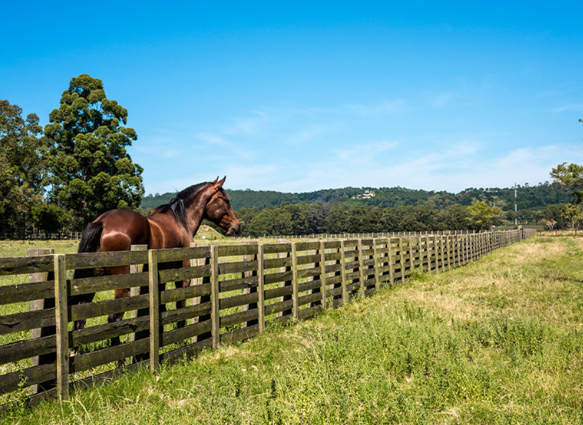Fencing is a crucial aspect of equestrian sports, playing a pivotal role in the safety and discipline of both horses and riders. From improving riders’ skills to providing a secure environment for training, understanding the importance of fencing can greatly enhance any equestrian experience. In this blog post, we’ll explore the different types of fencing used in equestrian settings and tips for maintaining a safe and effective environment for horses and riders.
Types of Equestrian Fencing
There are various types of fencing in equestrian environments, each serving distinct purposes. Wooden post and rail fences are popular for their sturdiness and aesthetic appeal. They provide a natural look that blends well with the landscape while keeping horses contained. Electric fencing is another excellent option, especially for more spirited horses. This type helps to train horses in maintaining boundaries and is often easier to install and maintain than traditional fencing. In contrast, mesh fencing offers excellent visibility and keeps smaller animals contained, making it an ideal choice for paddocks or training areas.
Safety Considerations
Safety is paramount in equestrian environments, and proper fencing plays a crucial role in ensuring the well-being of both horses and riders. Fencing should be designed to withstand the force of a horse’s impact, minimizing the risk of injury. It’s also essential to regularly inspect fencing for any wear and tear, ensuring that there are no loose boards or broken wires. Additionally, implementing soft-edge fencing materials can reduce the chances of injuries. Horse owners should stay informed about their specific breed’s tendencies and select fencing that caters to their unique behaviors.
Maintenance Tips for Equestrian Fencing
Maintaining your equestrian fencing is vital to ensure its longevity and effectiveness. Regularly check for gaps or damage caused by weather, insects, or wear from horses. It’s advisable to clean wooden fences regularly, applying protective stains or sealants to prevent rotting. Electric fences should be tested periodically to ensure they are functioning correctly and can contain more spirited breeds. Additionally, consider keeping the surrounding area clear of debris to prevent horses from being tempted to push against the fence, which can lead to damage or injuries.
In conclusion, understanding equestrian fencing is essential for both new and experienced riders. By familiarizing yourself with the various fencing types, safety considerations, and maintenance tips, you can create a secure and effective environment for your horses. For more information on equestrian safety or to share your own fencing experiences, we encourage you to explore local equestrian clubs or online communities—connecting with fellow horse enthusiasts can lead to valuable insights and a more enjoyable equestrian journey!



